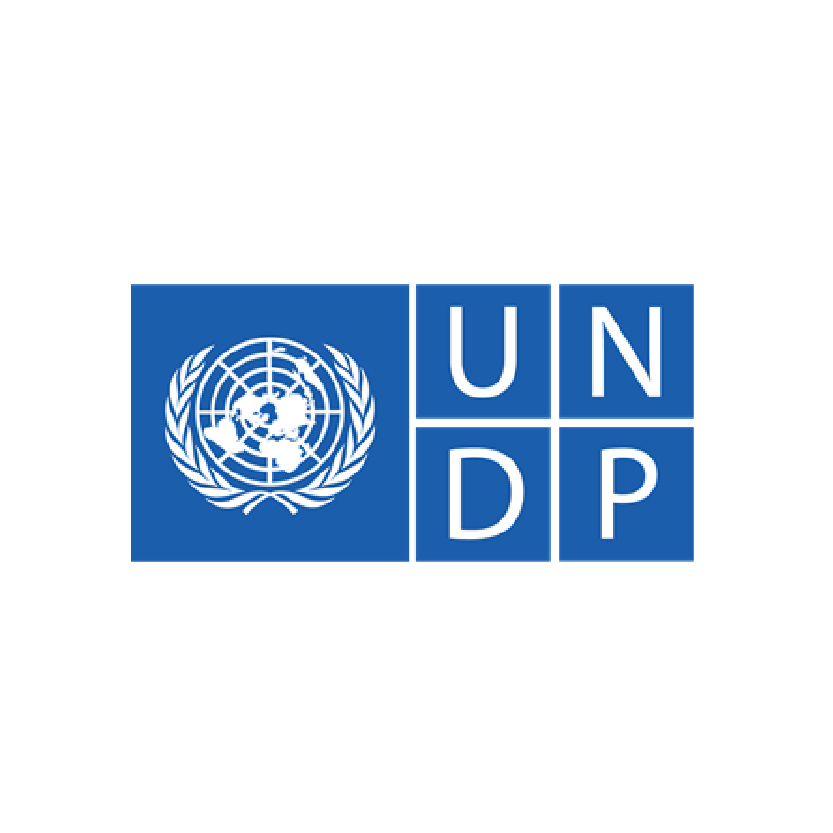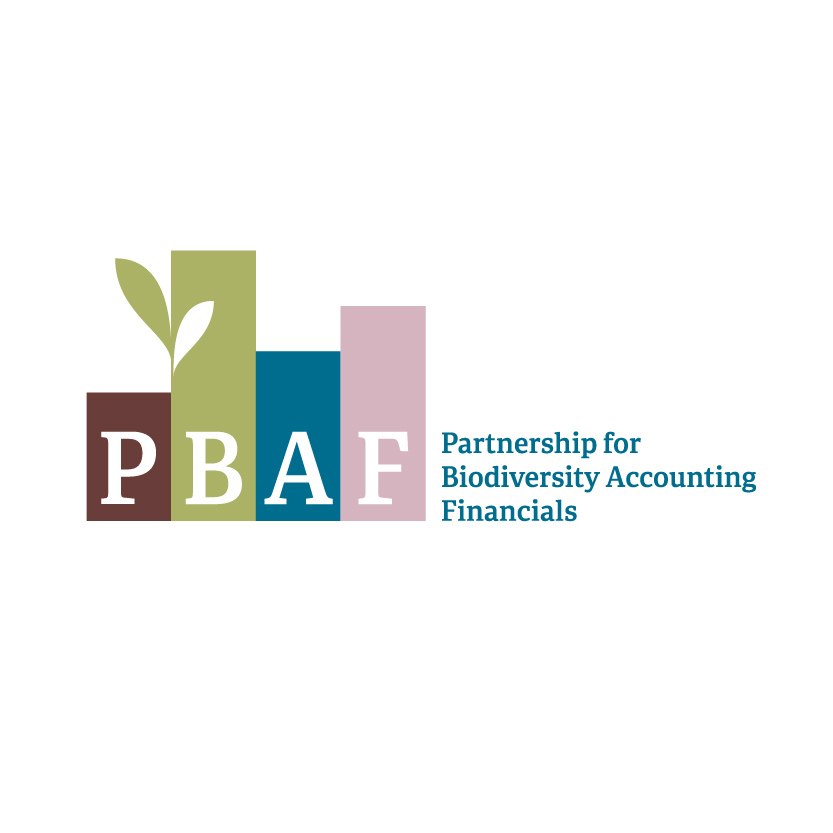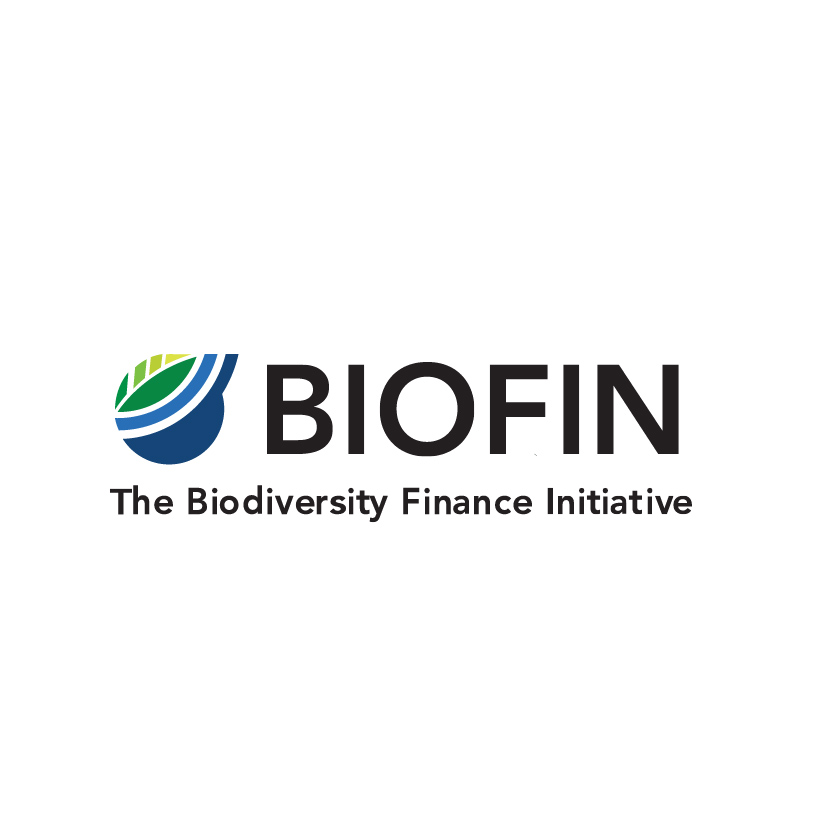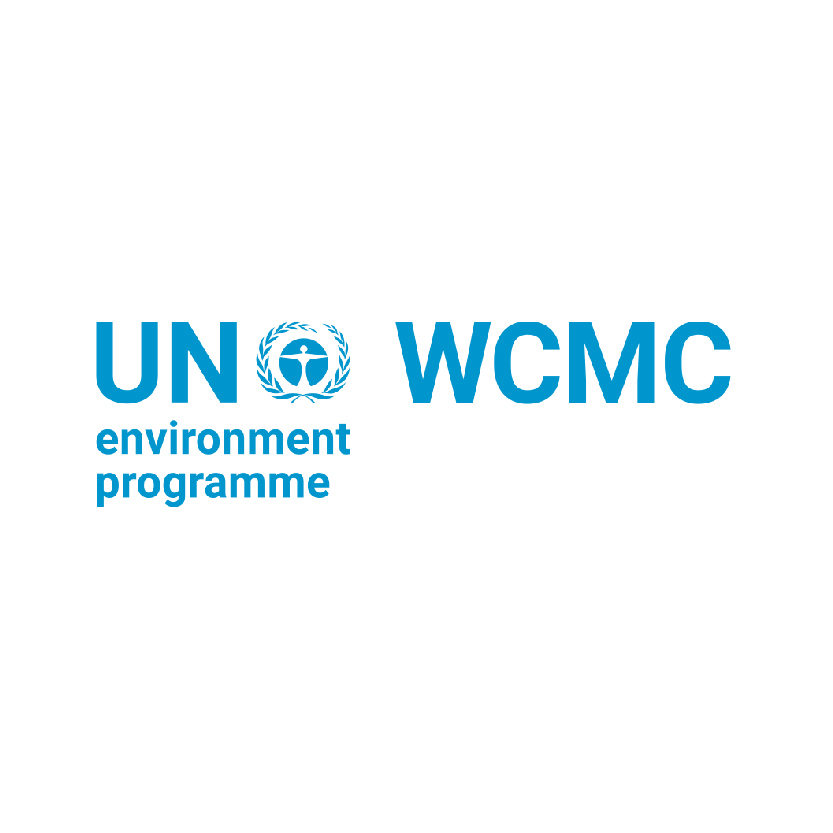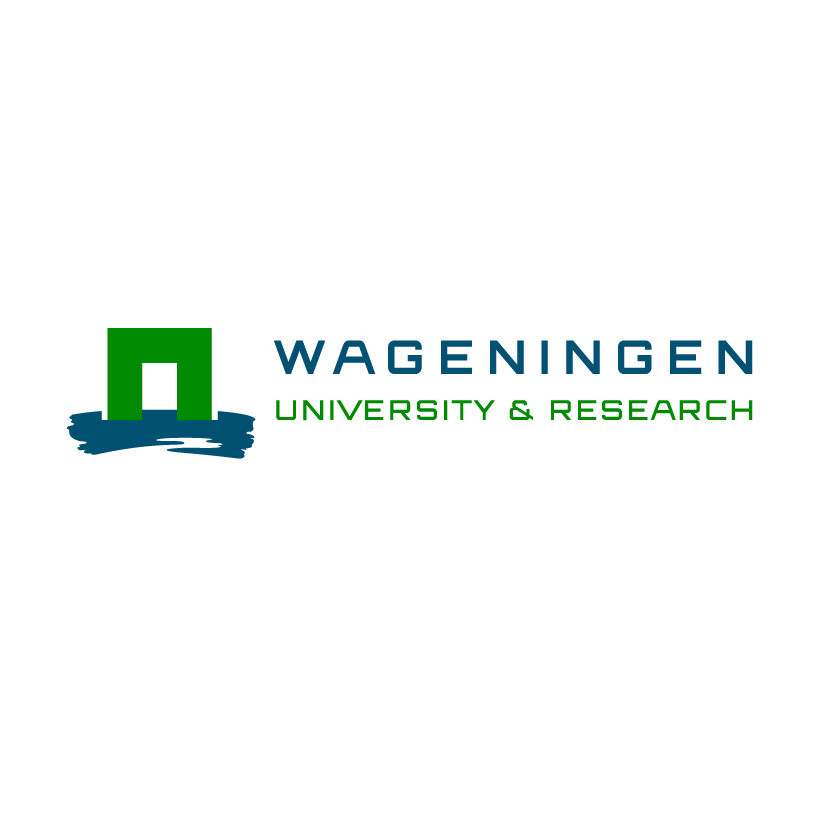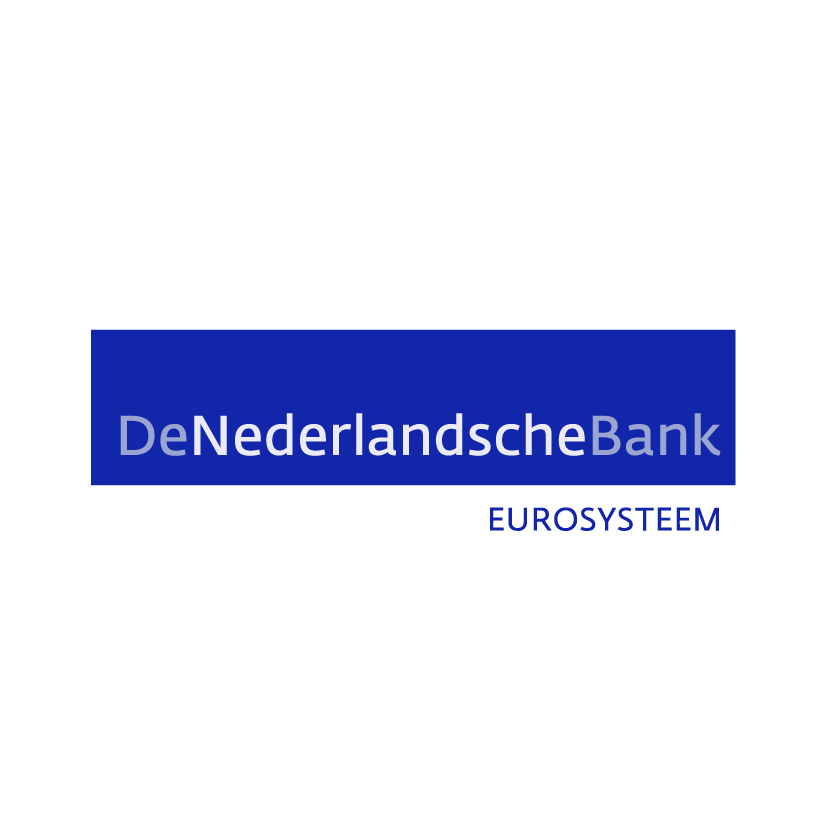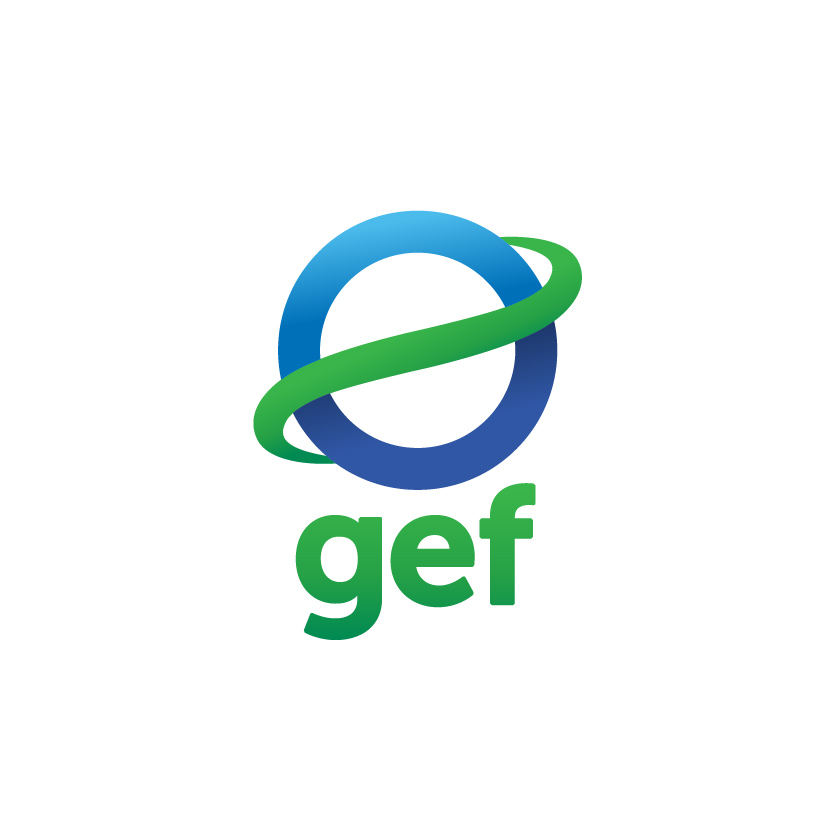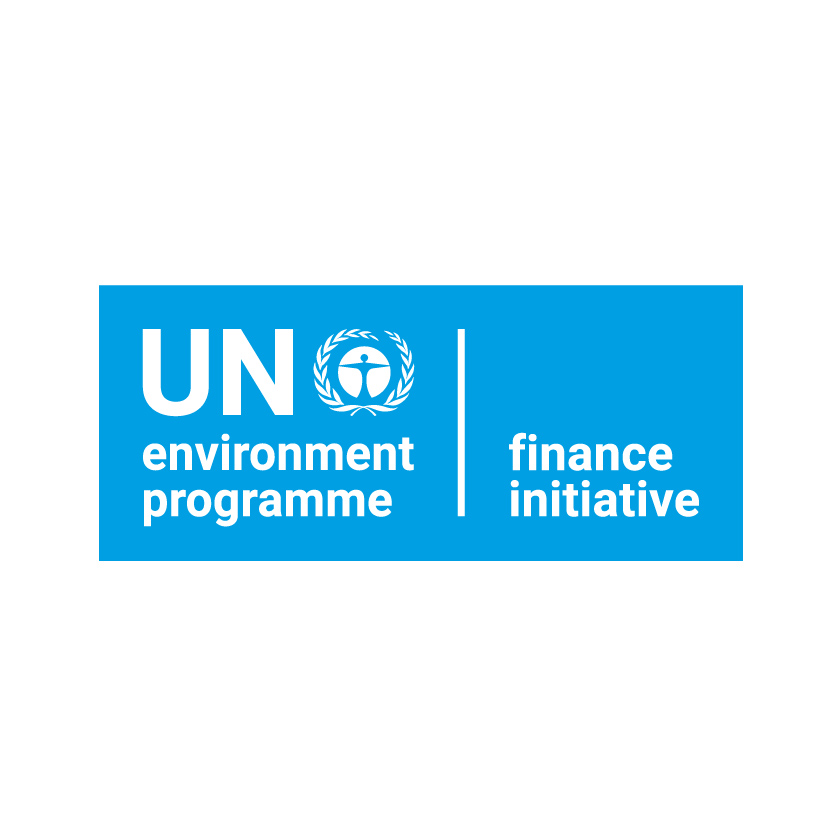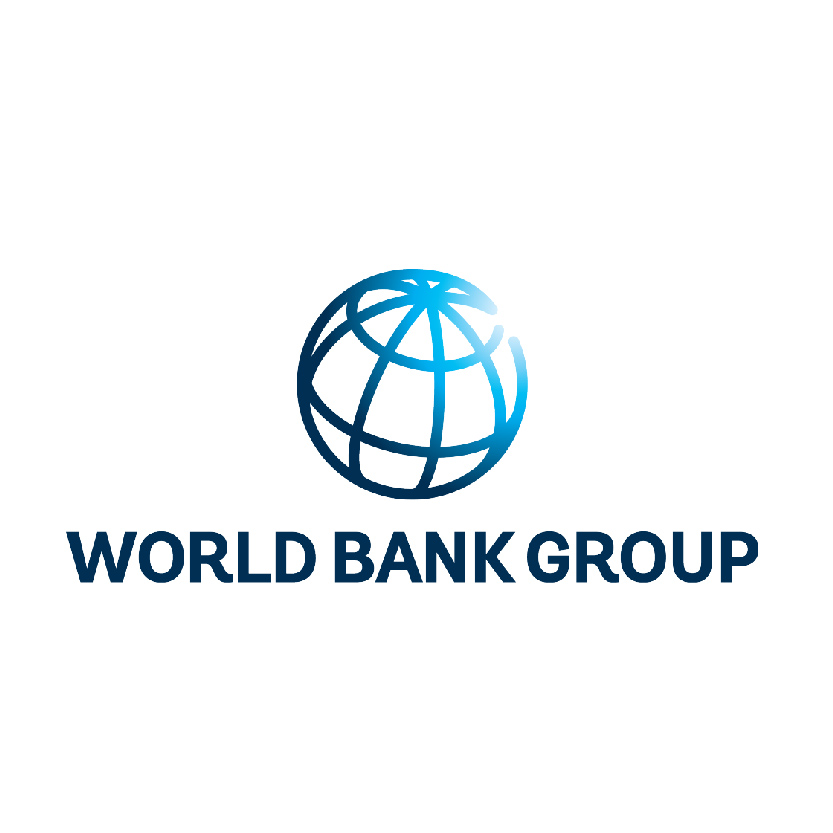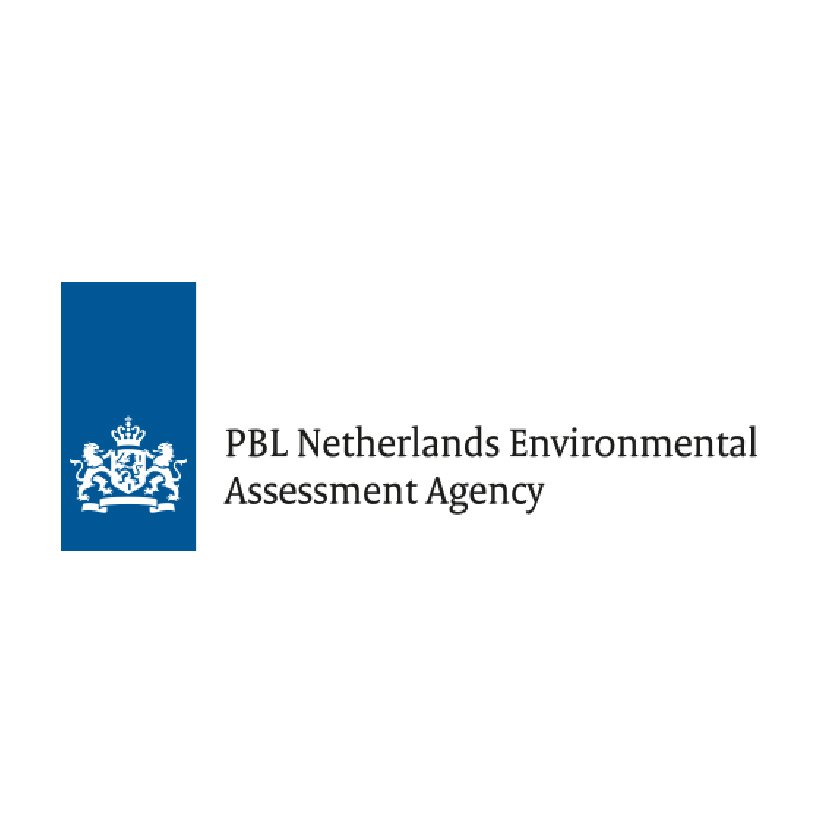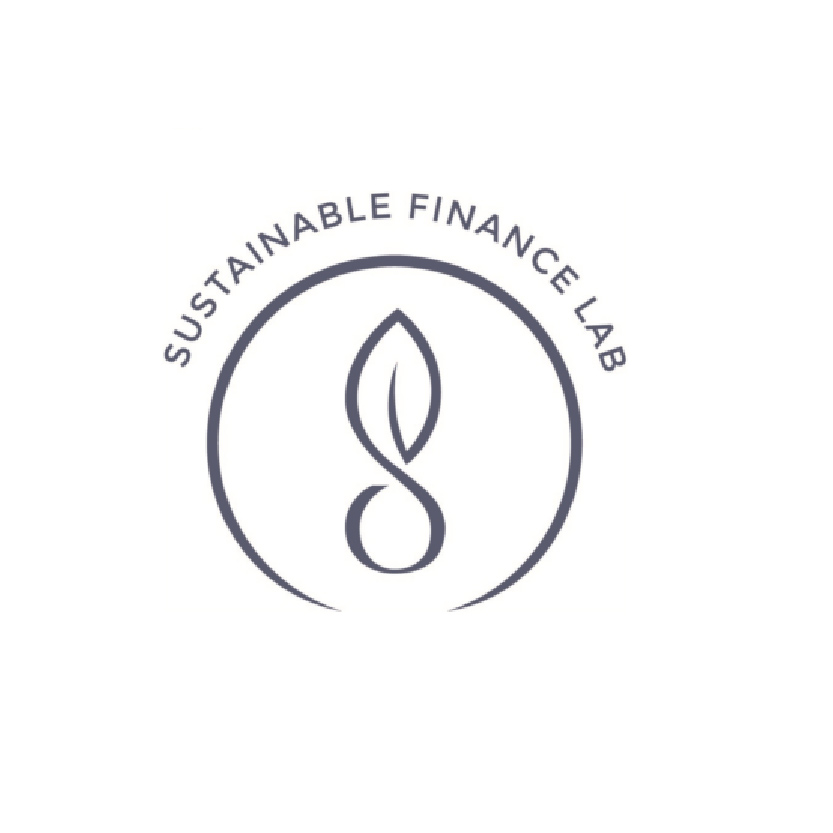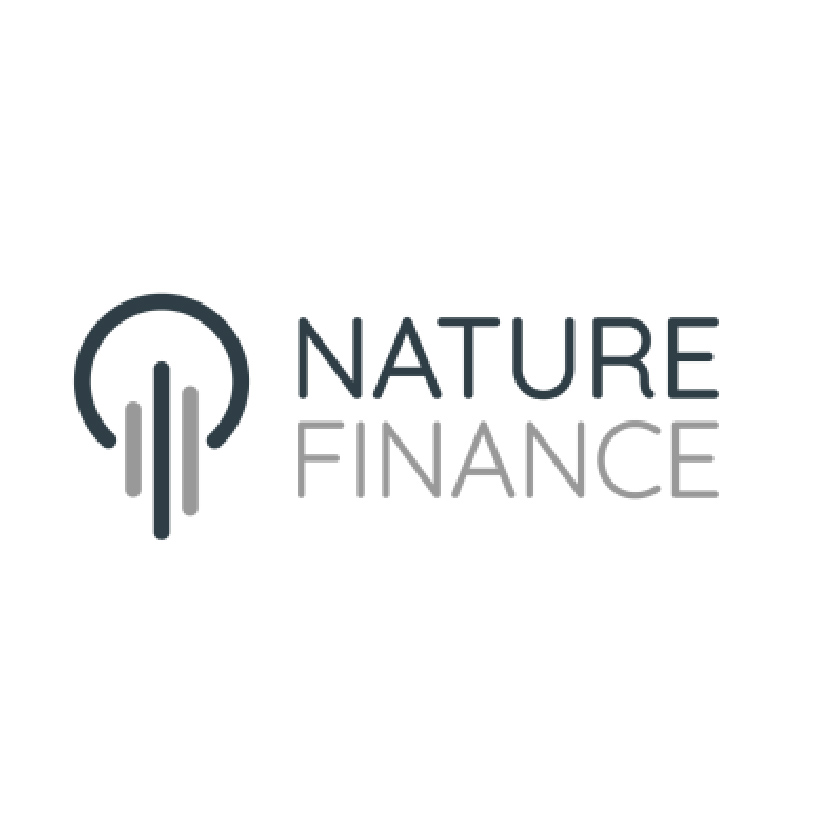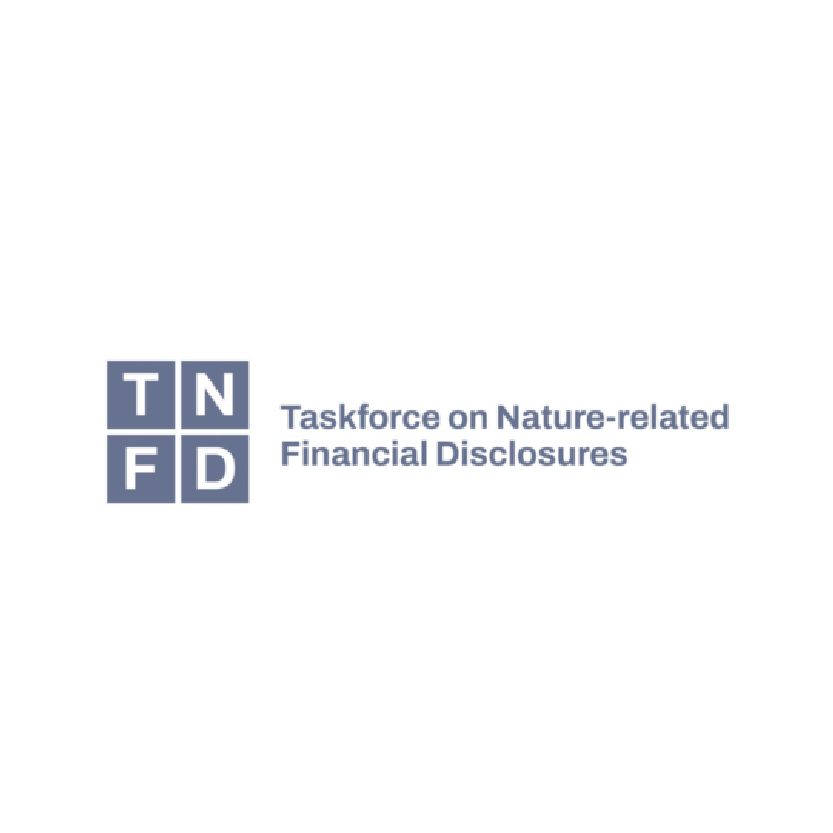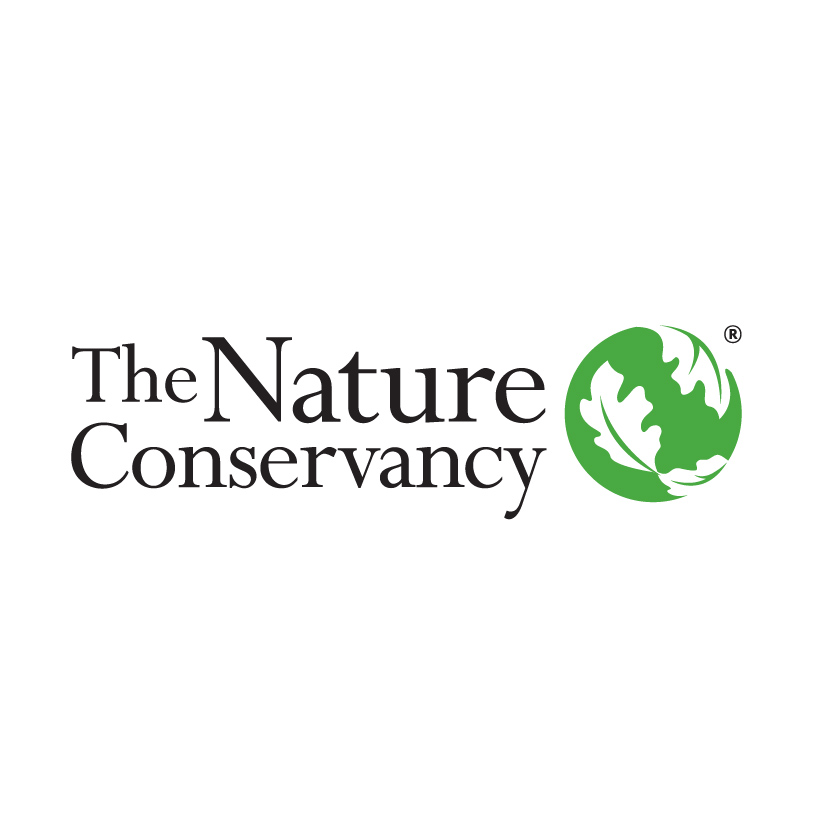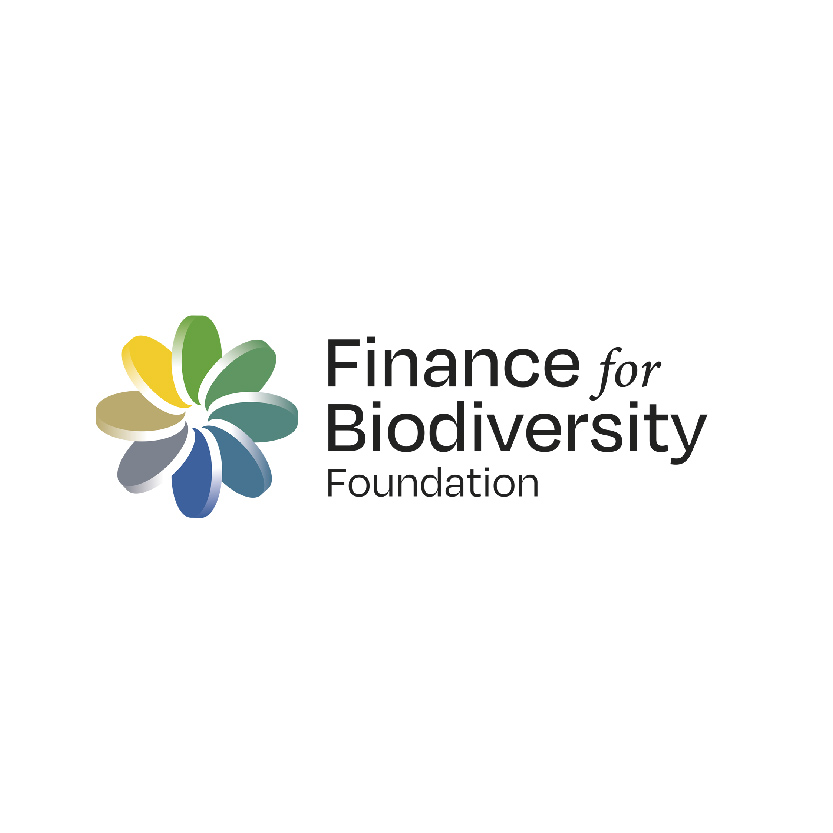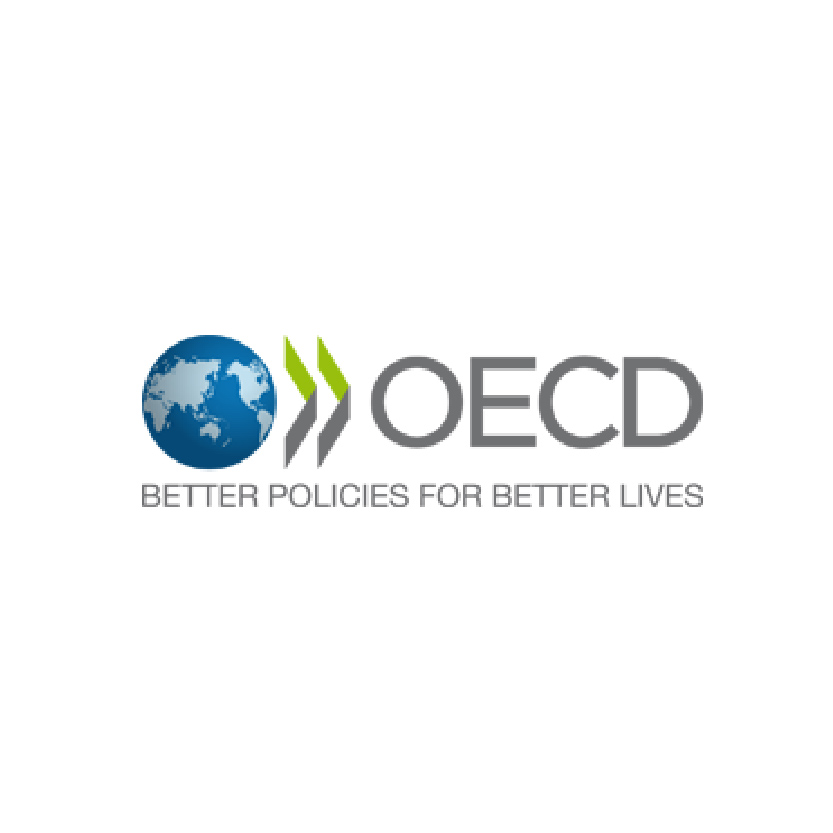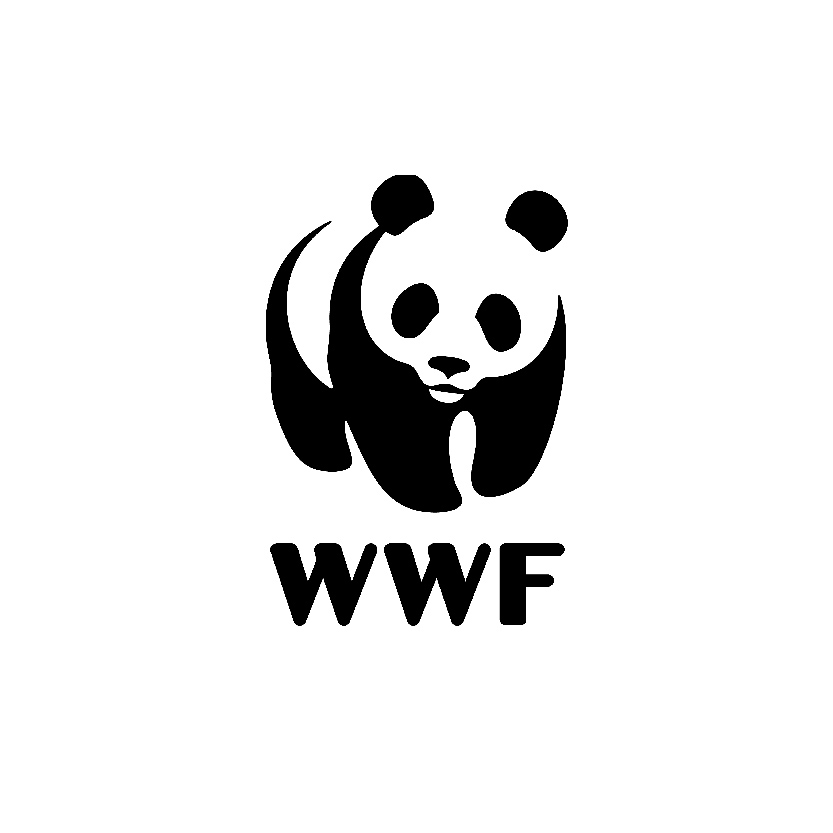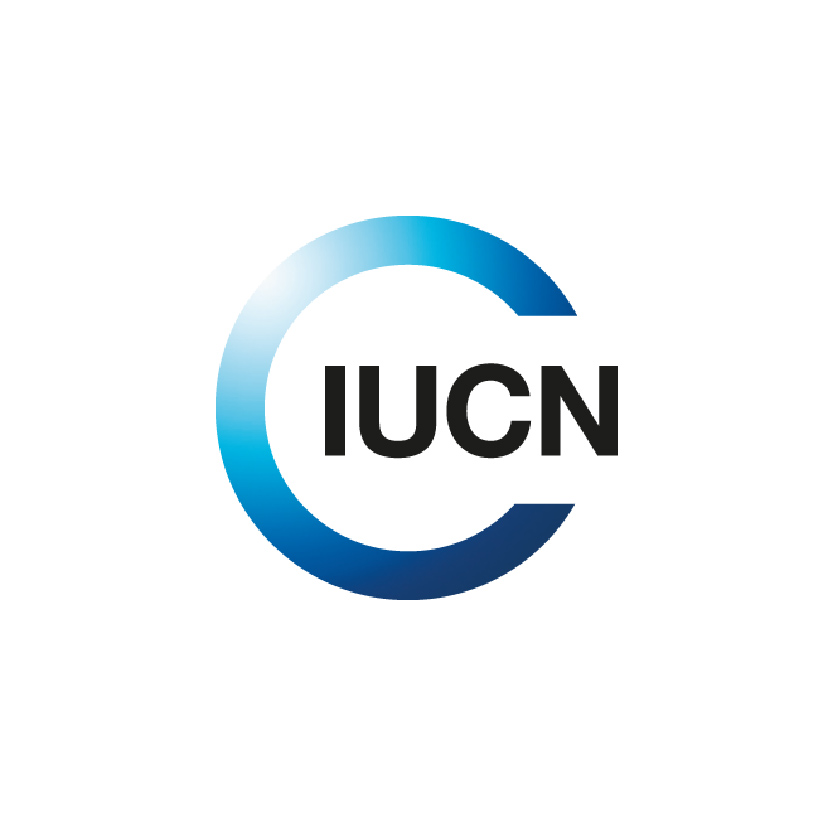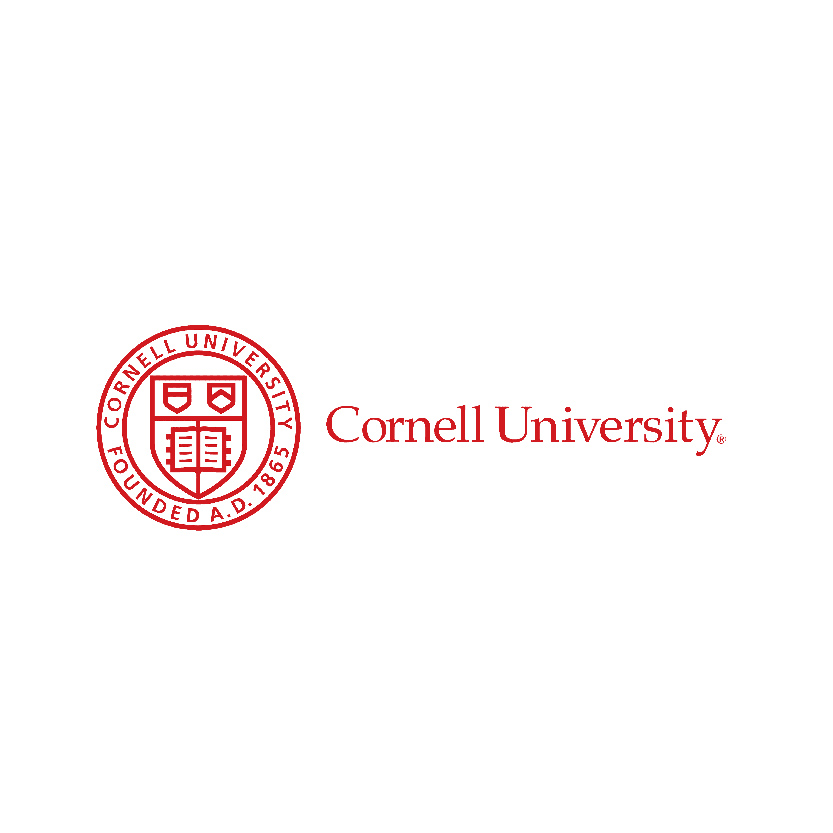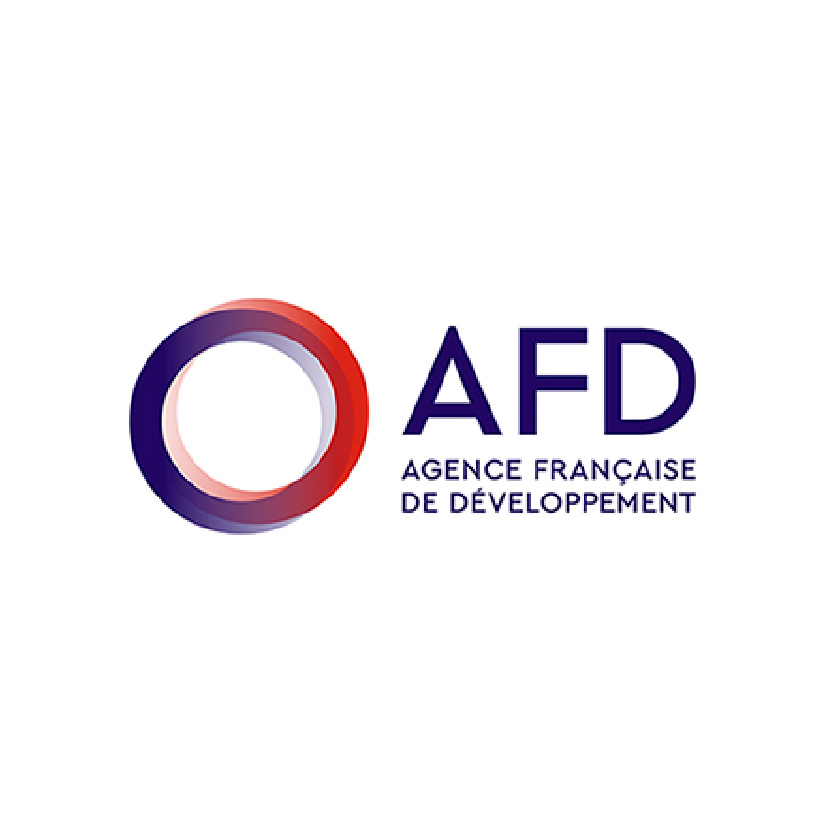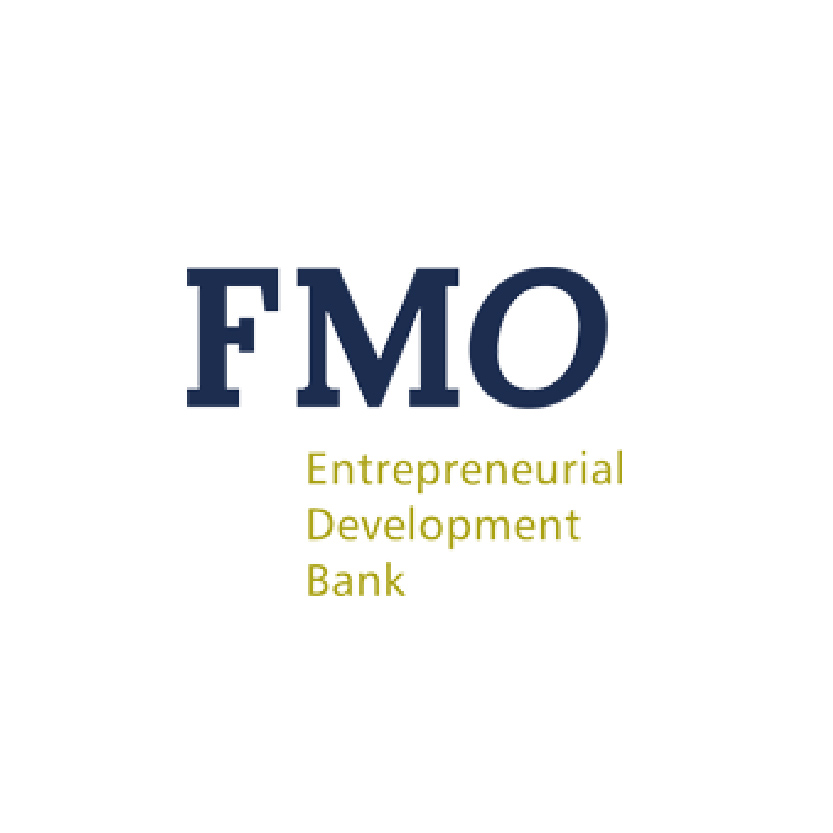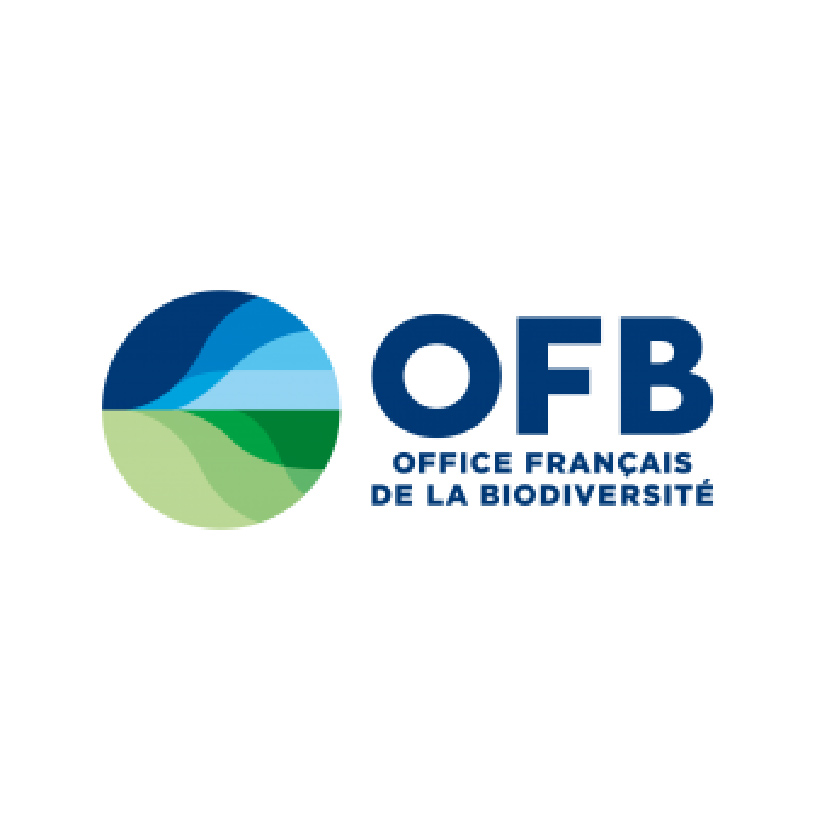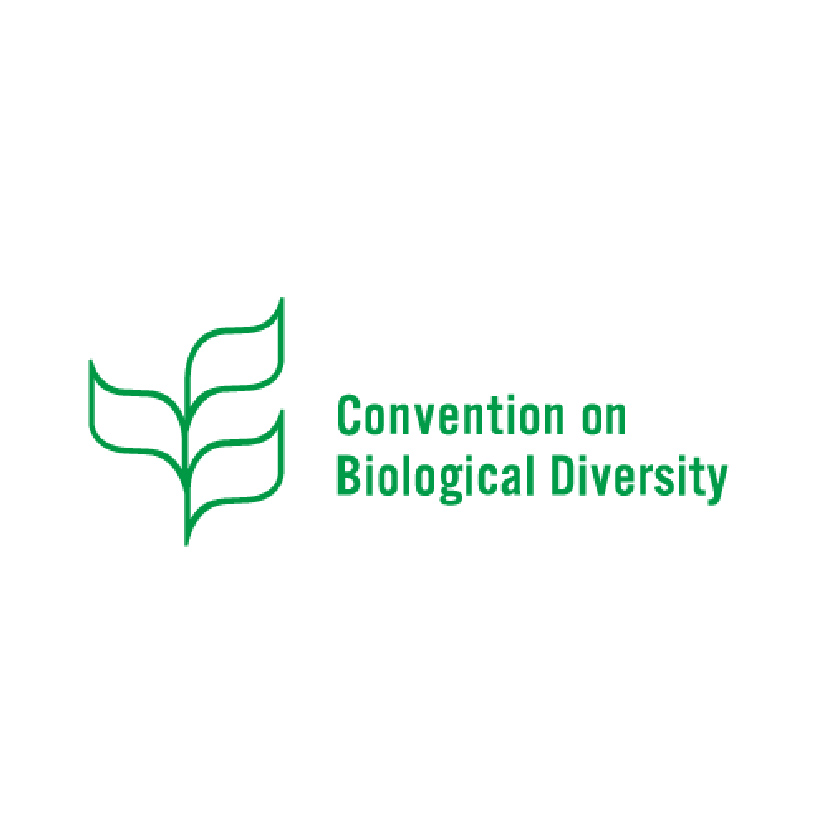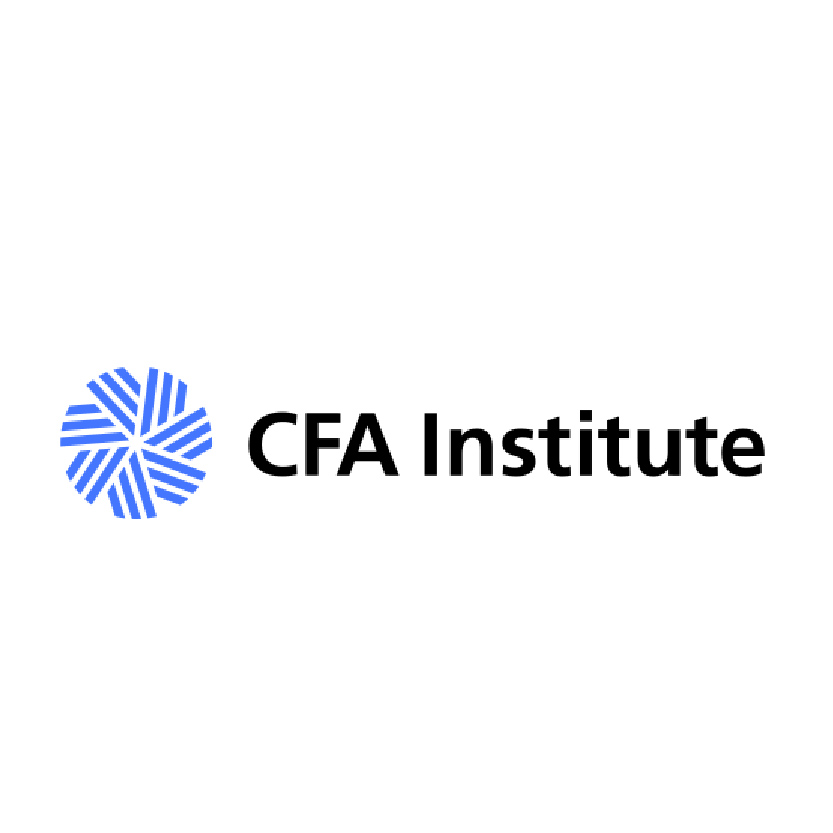Introducing the IDFB Helpline
In response to the expressed needs of Parties, the IDFB introduced a new Helpline for Parties who are looking for more technical and practical knowledge and as well as hands-on experience with implementing the goals and targets of the GBF focused on the alignment of finance with biodiversity.
Parties and representatives from the financial sector are encouraged to reach out and share questions and requests for support, challenges faced with implementing the GBF and aligning financial flows at the national level, and updates and information on progress towards translating financial alignment goals and targets from the GBF to national policy frameworks.
The IDFB is regularly in contact with participants and observers of the the Dialogue Sessions, thus we regularly consult with this pool of experts and practitioners for input on answering questions posed to the IDFB Helpline.
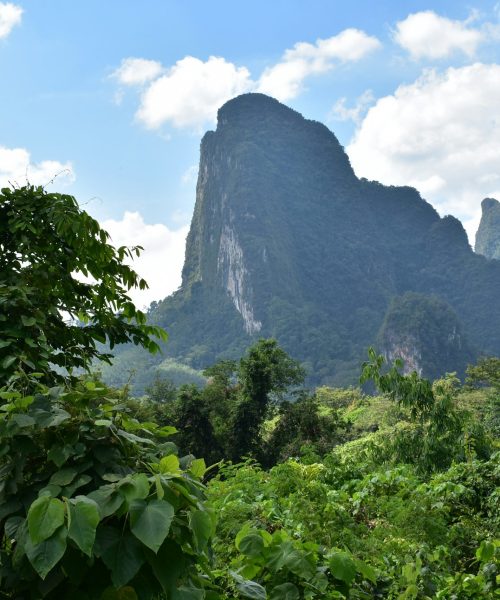
Questions for our Expert Panel
Our expert panel is here to answer all of your questions and provide the support you need. With specialists in finance, biodiversity, and sustainable development, our team is dedicated to offering comprehensive insights and solutions. Browse the recent questions posed to our experts below, or get in touch with us via the contact form with your own questions.
Digital Sequencing Information (DSI) was an important pillar in the COP16 negotiations, specifically the question of how financing for this mechanism should be arranged. Concluding the COP, a landmark agreement was reached between countries on the fair-use and benefit sharing of DSI and creating an avenue for channeling finance to biodiversity via the newly established Cali Fund.
The new fund is anticipated up to US $1 billion/year in finance for biodiversity conservation, with countries agreeing that companies should make contributions of 1% of their total profits or 0.1% of revenues to the fund. This should come from companies that benefit from the use of DSI of nature, including sectors such as biotech, pharmaceuticals and cosmetics. However, the phrasing of the expectation relating to contributions from private companies implies it will remain voluntary and the size of contributions merely indicative in nature, potentially reducing the amount of finance that will be raised. Going forwards, in order for the fund to be operationalised and effective, the approach for determining how and who makes contributions will need to be clearly defined. The private sectors role in DSI and the Cali Fund can remains a key topic on the agenda of the Advisory Committee on Resource Mobilisation and you can find more information on business perspectives of the finance mechanism for DSI here.
The IDFB Team are currently developing an additional guidance document on lessons learned and best practices for developing NBFPs based on the work of BIOFIN. This document is intended to be used as a useful complementary resource for those developing NBFPs, in addition to other resources and work being done by BIOFIN, WWF and the IUCN. The first draft will be available in mid-September for review by members of the IDFB community. A final version of the additional guidance document will then be made available in October, in the run up to COP16.
The IDFB team are collating dcollections of examples of best practices and good examples of finance mechanisms for nature from across the globe. They are available under the ‘Best Practices‘ section under the Resource Hub of the IDFB website.
Financial institutions are increasingly aware that, alongside climate change, the loss of biodiversity and the related decline in ecosystem services are creating new risks for businesses and exacerbating existing systemic risks in the financial system. Establishing an enabling policy environment that supports financial institutions in better managing these risks and in capitalising on opportunities is key. Within the negotiations for the Global Biodiversity Framework (GBF), more and more attention is being directed towards the alignment of the financial sector with the goals of the GBF.
Members of the IDFB, whilst speaking about alignment, voiced that there is a need to consider how alignment should be measured and monitored. A follow-up question posed to the IDFB was thus:
What methods are available to measure and monitor the alignment of financial flows so as to create a more tangible and applicable understanding of the concept for the parties?
Provisional answer
In December 2021, the Convention on Biological Diversity (CBD) & United Nations Environment Programme (UNEP) hosted a workshop on Aligning Financial Flows with the Post-2020 Global Biodiversity Framework. Please visit the IDFB website’s resource page to find the synthesis policy paper on this, as well as a follow up CBD workshop The Financial Sector and the Post-2020 GBF, and how this can be operationalised via public and private institutions, as well as key partners.
The IDFB secretariat is now working on a draft note on ‘alignment of all financial flows’ which intends to look at what methods are available to measure and monitor the alignment of financial flows in order to create a more tangible and applicable understanding of the concept for the parties.
We will continue to explore answers and discuss this issue with our panel of experts and will update this answer with additional documents. Please let us know if you are interested in receiving updates on this subject, or if you would like to share your own contributions.
Get in touch with us!
If you have any questions or need support, please fill out the contact form. Our panel of experts is ready to provide you with the information and assistance you need. Whether you’re inquiring about our initiatives, seeking guidance on finance and biodiversity solutions, or exploring potential collaborations, we’re here to help.
We value your input and look forward to connecting with you!
Participants & Observers of the IDFB Dialogue Sessions
